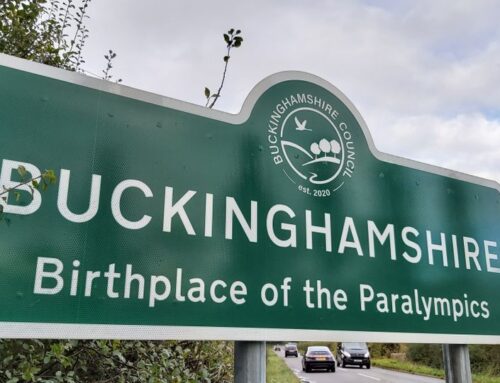The hospitality and tourism sector plays a key role in the Buckinghamshire economy. Around 2,000 businesses operate within the sector, with many others (including food and drink producers) in their supply chain. Prior to the Covid-19 pandemic, the sector provided employment for around 18,000 people, equivalent to 1 in every 12 local jobs. It is well documented that the sector has been particularly hard-hit by the pandemic. Optimism resumed briefly for some businesses when restrictions eased in December, but the third national lockdown has been a significant blow, tempered slightly by the extension of furloughing, further financial support in the form of new grants, and the roll out of the vaccination programme.
So, what does the latest data tell us, and what are the key issues facing businesses on the ground?
Nationally, the sector has experienced the greatest decline in economic output of all sectors, as trading restrictions and additional costs have significantly impacted turnover. And despite high use of business support schemes, ongoing fixed costs, accumulating debt, persistently lower revenues, and low cash reserves, remain key concerns.
From a workforce perspective, there have been high levels of job losses and furloughing within the sector. At the end of December 2020 (pre lockdown 3), national data from HMRC shows that 47% of the hospitality workforce were furloughed, compared to 13% across all industries.
Within the sector, inbound tourism businesses have been hit particularly hard, with very little or no income since March 2020, and many having slipped through the support net. Inbound tourism is likely to take longer to bounce-back than other segments of the sector, as it is highly dependent on the prevalence of the virus globally, and associated travel restrictions.
Looking forward, how is the sector likely to change, and what are the potential opportunities?
Firstly, the ability of the sector to adapt and pivot towards new ways of operating should be recognised and celebrated. Critically, investments in technology and staff development over the last 12 months, should create greater resilience within the sector moving forward.
Secondly, whilst there is general optimism that customers will return when able, and that another year of the ‘staycation’ is on the cards, social distancing restrictions could continue to constrain capacity. Businesses operating from larger venues with access to outdoor space will be better able to accommodate returning customers than those with smaller, indoor-only venues. If there is a ‘great splurge’ on the horizon, as occurred following the Great Recession, firms need to be planning now how to capitalise on this, whilst remaining Covid-secure.
Thirdly, with higher levels of homeworking for office-based staff looking set to remain in the long-term, there is likely to be a shift in the locational demand for some hospitality services (such as cafes) from city and town centres, to areas where office-workers are most likely to live.
Lastly, there are likely to be opportunities for Buckinghamshire’s hospitality and tourism sector linked to the continuing growth of the ‘West of London’ TV and film sector. Whether due to more Buckinghamshire locations featuring in high profile films and TV programmes, an increased demand from film crews for accommodation and food, or linked to Pinewood Studios’ ambitious plans to create a major new visitor attraction within the county.
In the meantime, the sector is hopeful that financial support will continue to be made available to enable them to survive the crisis period and ensure that the expertise and talent is still there when the sun shines again.
Read more from a recent sector roundtable held by BBF here.
Buckinghamshire LEP is producing up-to-date analysis on the impact of Covid-19 on the Buckinghamshire economy. This can be accessed here.








